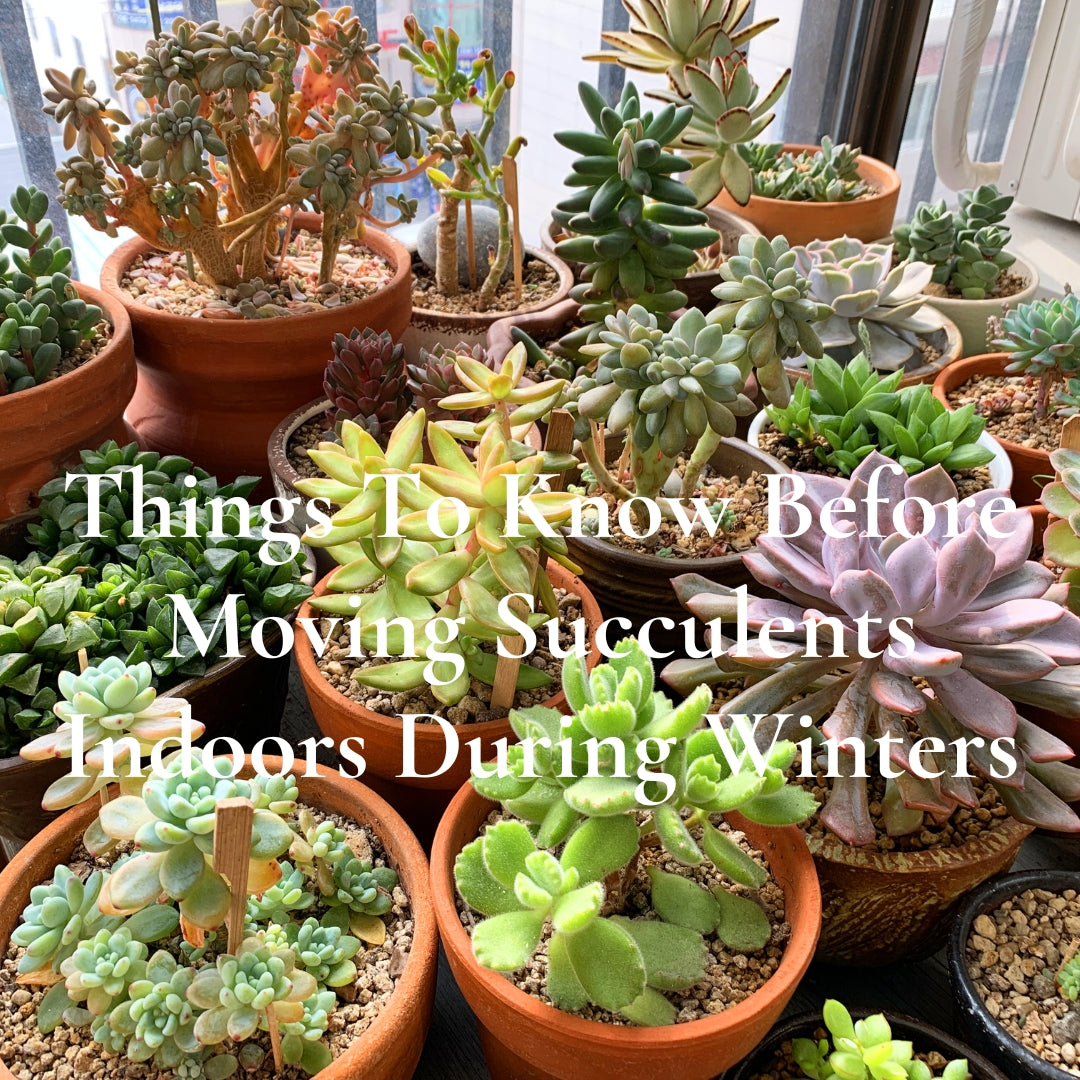It is not a rocket science for most of the gardeners to know that house plants that are tropical in nature need to be moved indoors to avoid the extremes of temperature from affecting them. However, the most surprising aspect of this is people generally tend to forget that cacti and succulents also need a warm and cozy spot to spend their winters with complete health. This is because most of the species do not have enough frost-bearing agility and should be removed to some spot where they are protected before the weather turns bad.
Succulents are water storing leaves and spines which are fleshy in nature. This makes them extremely susceptible to the cold temperature. Water they store, are generally used in the deserts to survive the hottest temperatures. However, when they are exposed to the winter conditions the water freezes inside and tends to kill the plants.
So, if you are dealing with species like portulacaria, senecio, kalanchoe, aloe, euphorbia, haworthia, echeveria, crassula and so on, you need to make sure that they are brought indoors before the winter falls on them, hence proving bad for their growth and life. However, moving them indoors will help them get plenty of sun and the small amount of water will be specifically needed to sustain them through the winter conditions. The biggest benefit of the succulents is that they grow in pots and annual containers. So, moving them becomes extremely easy.
In regions where not much frost or extreme cold is available, cacti and succulents can be left open for the winters. Most of these succulents are specifically designed by nature for landscape use and can gorgeously be planted in a variety of pots of different sizes. They can be planted in the landscape at any time of the day. However you need to make sure that they get at least 6 to 8 hours of the sunshine per day to make them into a healthy growing plant. The soil has to be well drained too. So, if you want you can add sand and to make it dry when they turn mucky after a heavy rainfall.
If you love planting succulents around your house, yet live in a colder climate, using sedums would be the best option for you. These are beautiful succulents and are also suited for the colder climates. They are super hardy and are available in various forms such as Weihenstephaner Gold, Autumn Joy, Fuldaglut, Blue Elf, Tricolour, Coral Reef, Blue Spruce and Angelina. Each of these plants produces a lookalike baby and they are generally beautiful in their own forms.
Also checkout some of our beautiful succulents given below:






